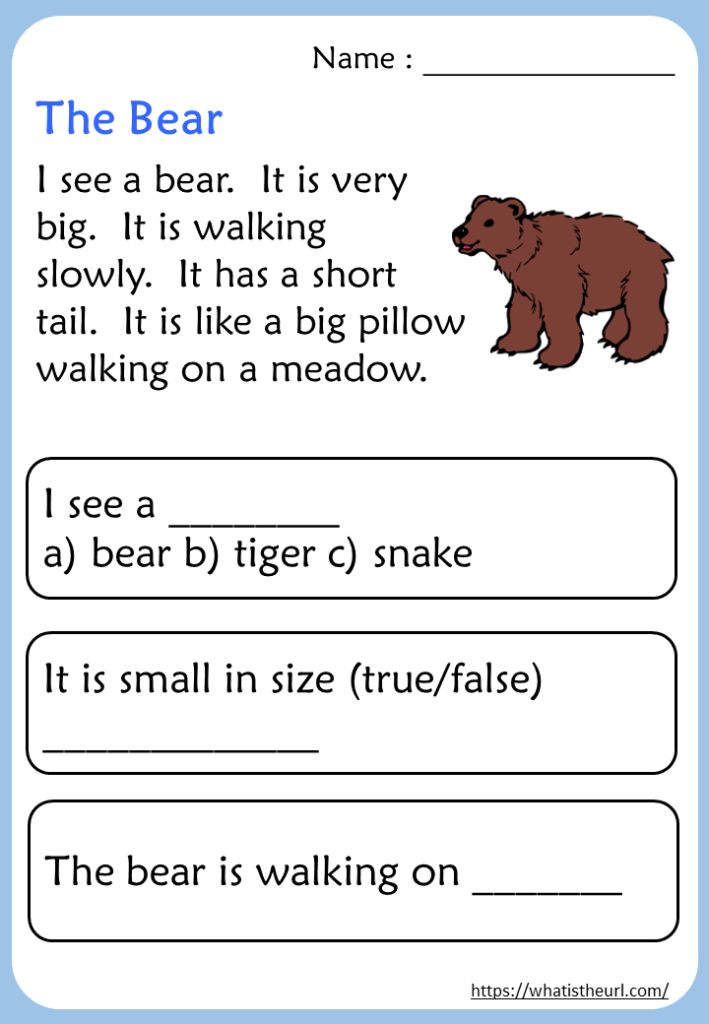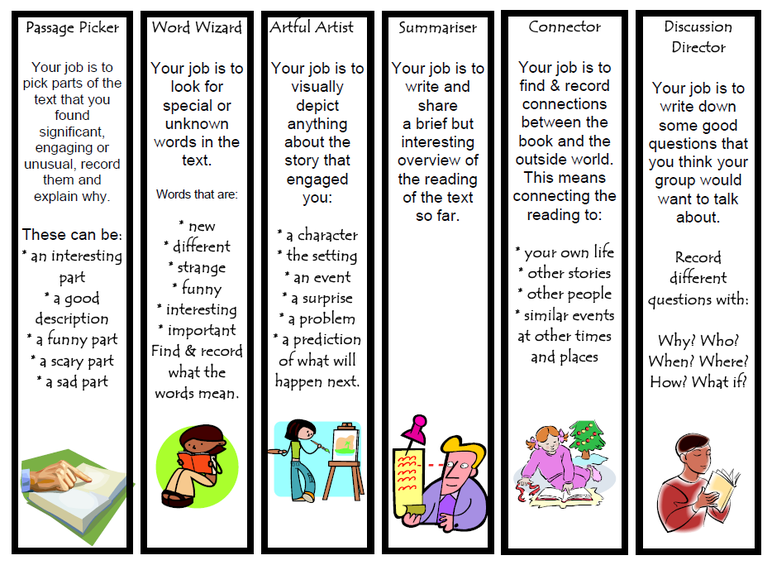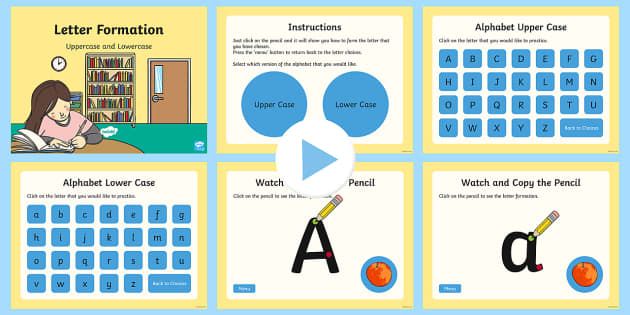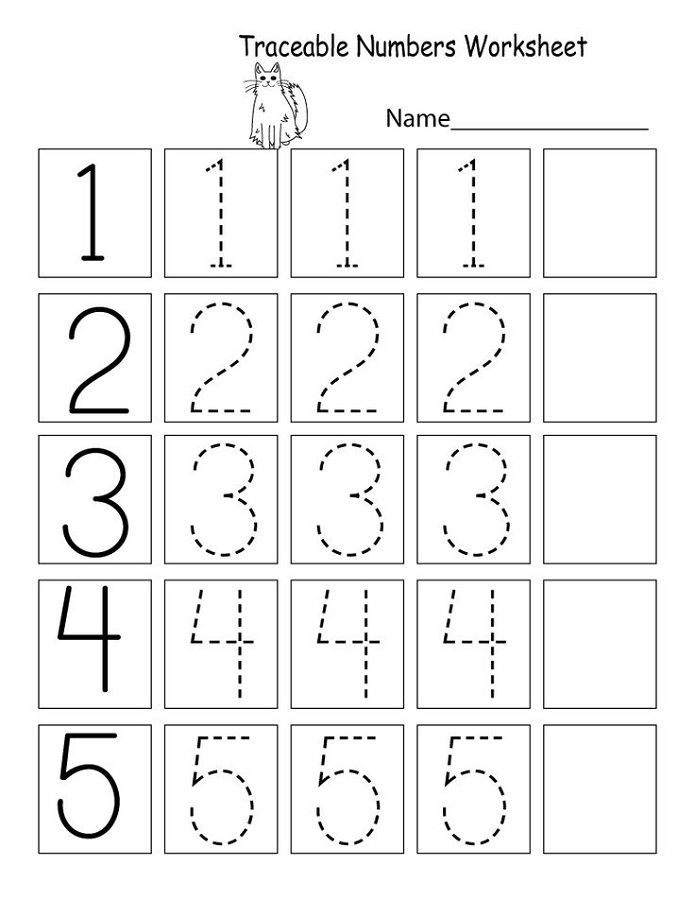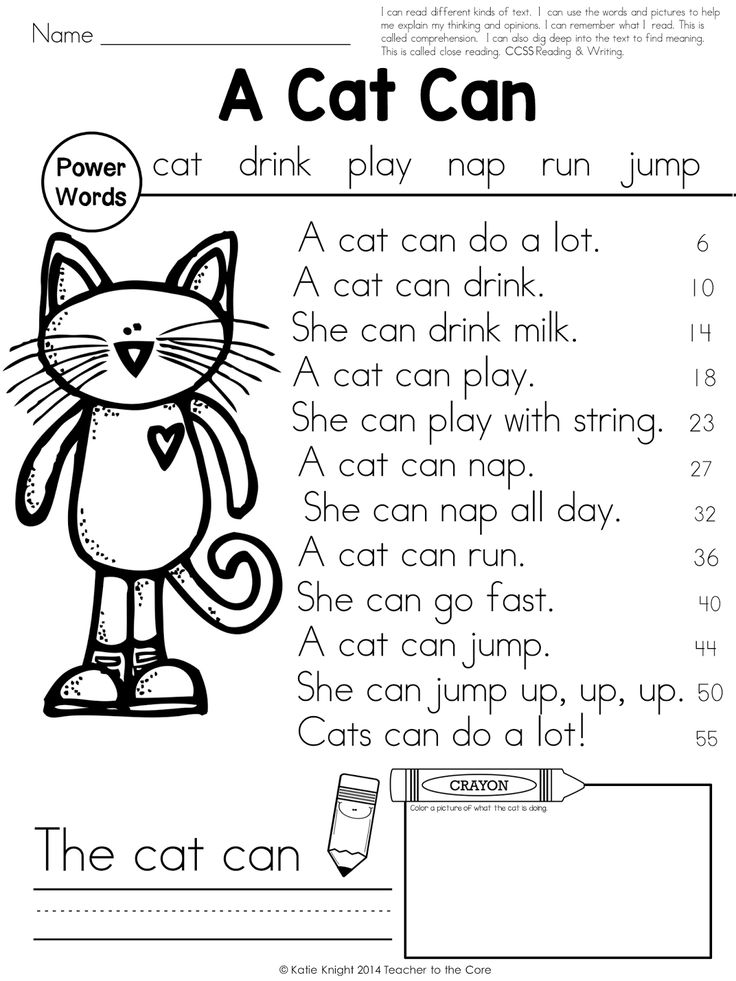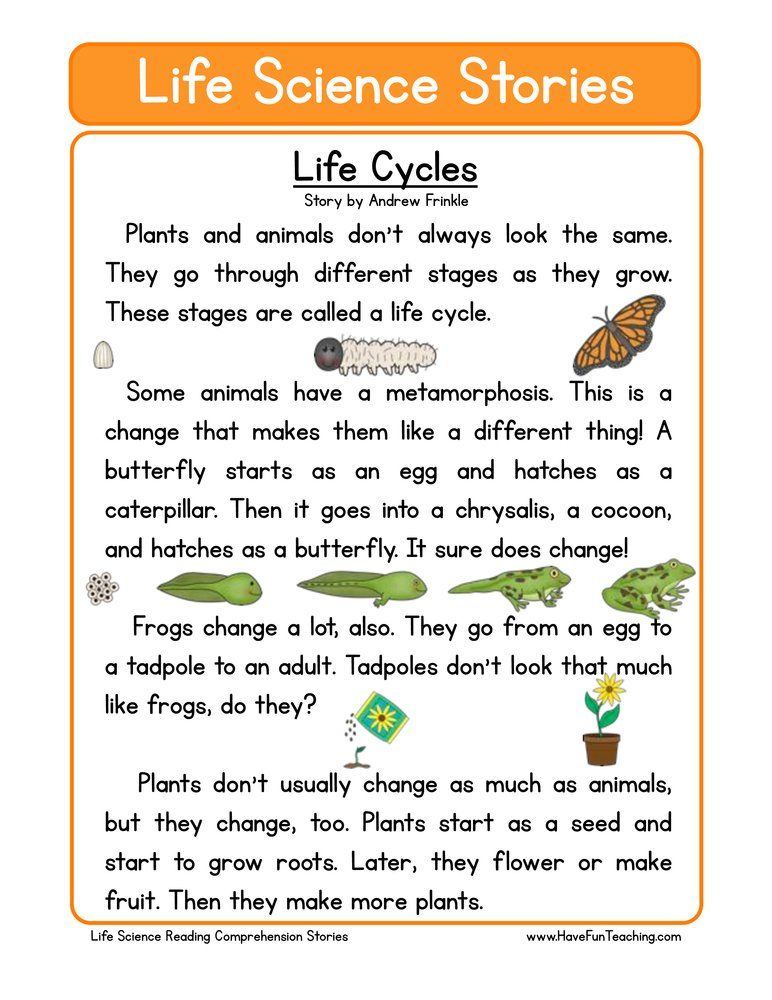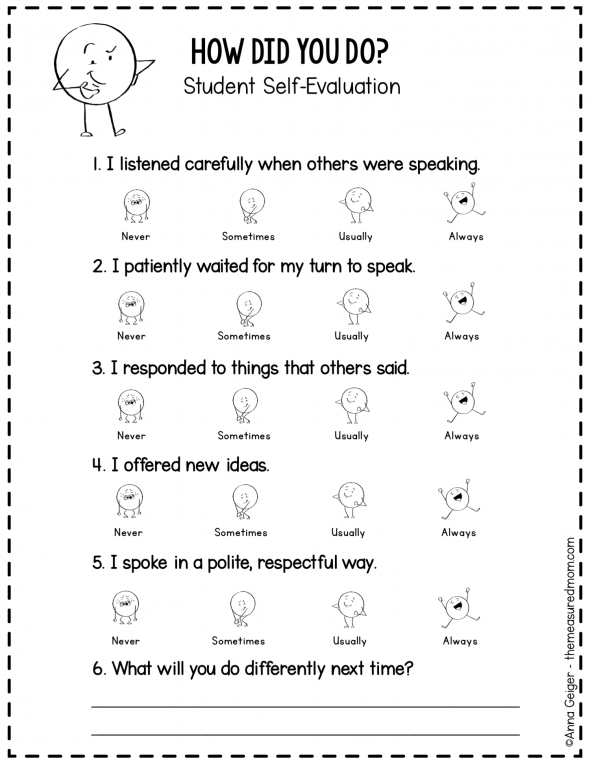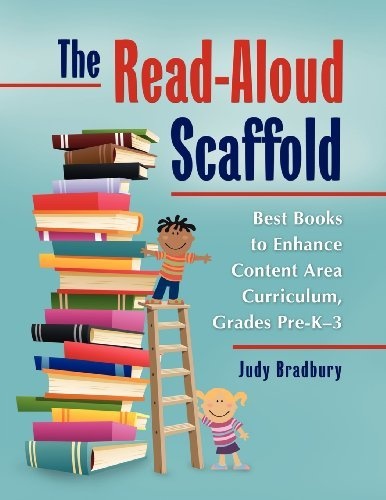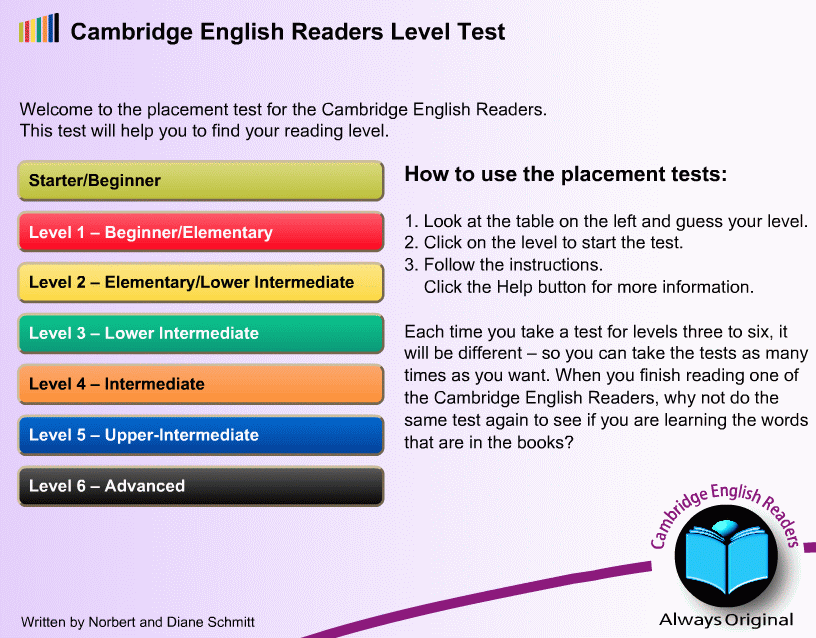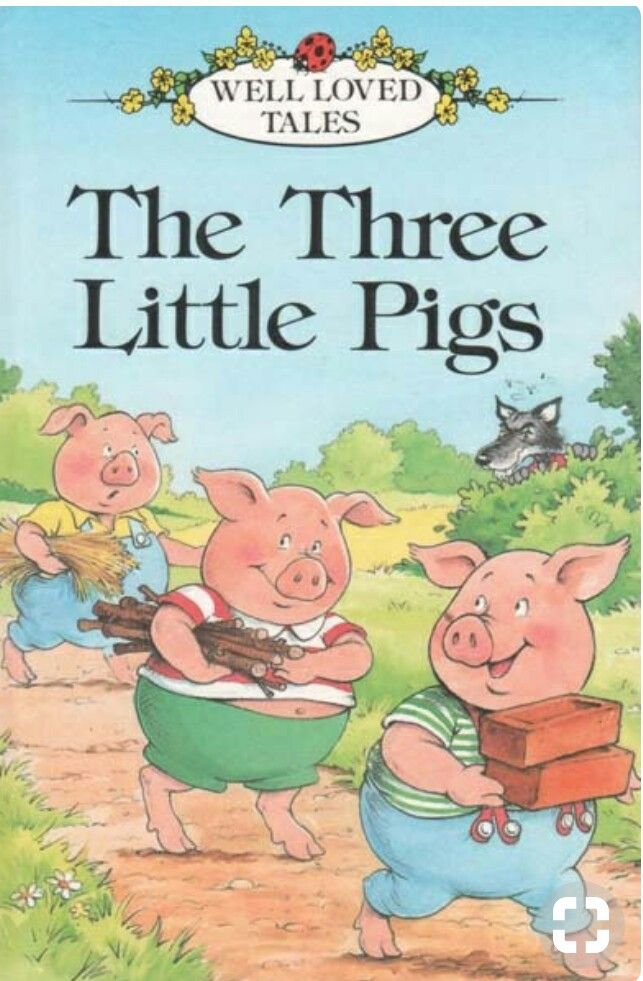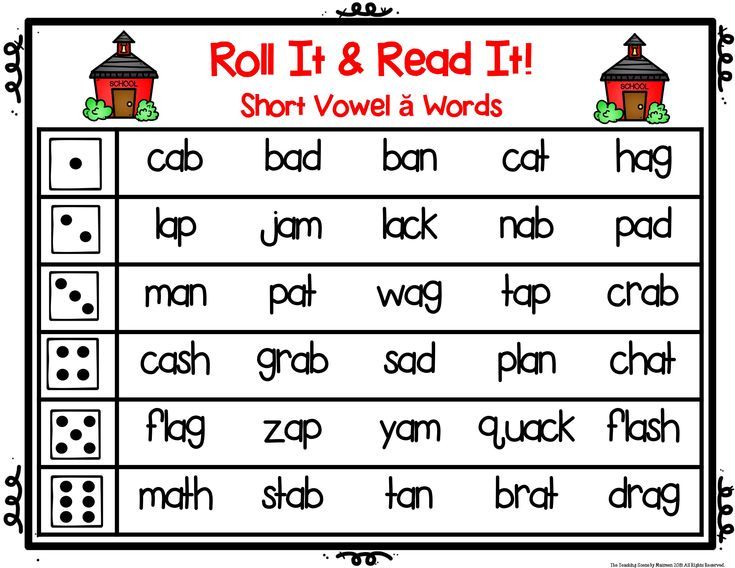Simple sentences for 5 year olds
How To Make The Most Of Simple Sentences For Kids
When a child finally learns how to construct their own simple sentences, for kids (and parents!), it’s a really special moment.
Word combinations such as “knee sore” turn into, “Mommy, my knee is sore.” Or “now juice” develops into, “Can I have some juice?”
There’s no denying the importance of sentences — they help us better express our thoughts and feelings. So the only question now is: How can you help your child start constructing their own sentences so that they, too, can communicate better?
Two words: simple sentences.
When Do Kids Start Forming Sentences?
Children start forming sentences once they know a few words. But language development is quite a journey!
Somewhere between 18 and 24 months, a toddler will begin constructing two-word “sentences,” like “want milk” or “no sleep.” At this stage, they are linking two or more words together to express an idea. This is the first step and a big milestone.
By four years old (sometimes earlier), most children are speaking in complete sentences. But that doesn’t mean they’ve reached the end of their sentence journey.
While your child may be speaking in complete sentences, finding playful ways to expose four and five year olds to sophisticated aspects of sentences while being kid appropriate is beneficial. This will help them continue developing their language skills.
One of the best ways to do so is to encourage children to speak in complex sentences to express their ideas. How? This can be achieved by simply resisting the temptation to simplify our own speech.
Remember that children are learning sponges! They will naturally pick up on the language habits you expose them to. So, continue speaking in complex sentences while in their presence. It’s not a bad thing if your child asks, “What does that mean?”
Of course, simple sentences come first.
What Makes A Simple Sentence?
A simple sentence is the most basic form of a sentence.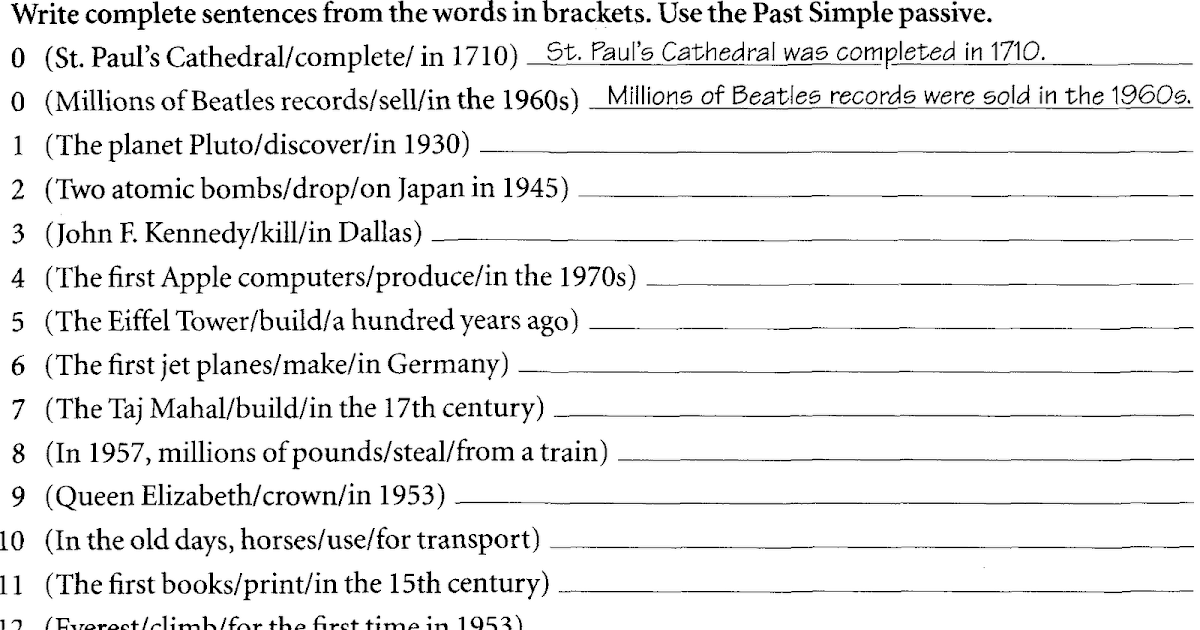 It contains only one independent clause — a group of words that forms a complete thought and is made up of a subject and predicate (which includes a verb and expresses what is said about the subject).
It contains only one independent clause — a group of words that forms a complete thought and is made up of a subject and predicate (which includes a verb and expresses what is said about the subject).
For example, in the simple sentence, Thomas kicks the ball, “Thomas” is the simple subject and “kicks the ball” is the predicate, with “kicks” being the verb, or simple predicate.
Simple sentences for kids are mostly short, but they can also be long. The length of the sentence isn’t the focus. What’s important is that the basic elements (subject and predicate) are always present.
When we communicate in our everyday lives, there’s usually a good mixture of both simple and more complex sentences without us even thinking about it. In order to help our kids reach this effortless communication stage, we need to help them understand the basics.
The good thing about the English language (and every other language, actually!) is that once you understand the basics, moving on to complicated structures is easier.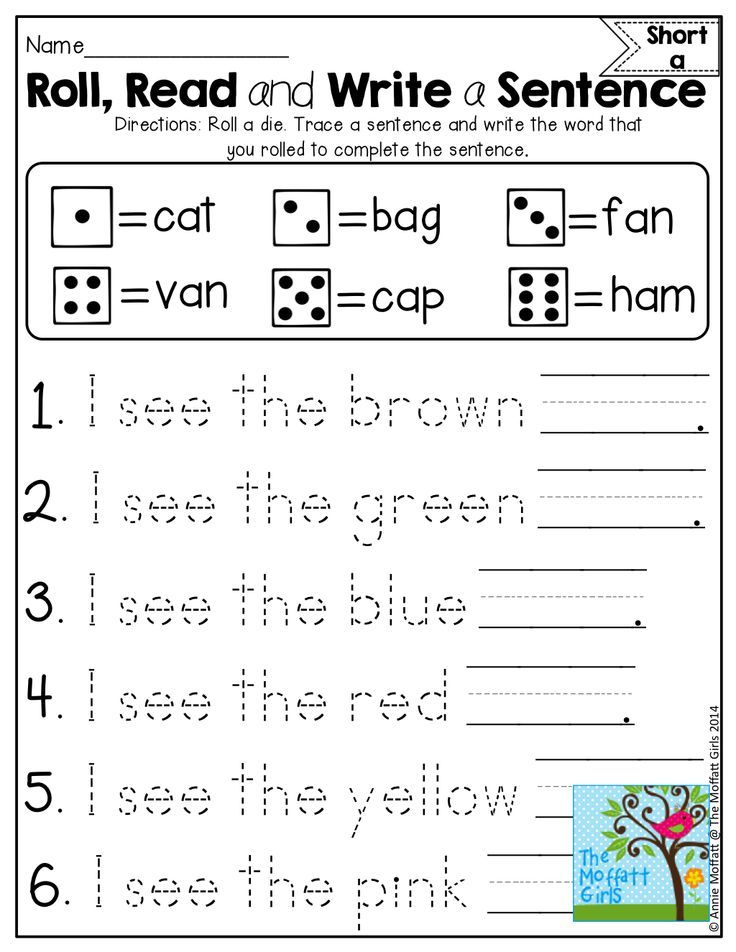
Simple Sentences For Kids To Act Out
One of the best ways for children to learn is through acting things out. If you have an active young child who enjoys moving around, why not use their energy to encourage some learning?
Here are some simple sentences for kids they will have fun acting out.
- He reads a book.
- The dog barks.
- The cat sits on the mat.
- I hop on one foot.
- The pig gobbles his food.
- The rooster crows.
With these sentences for kids, your child will have a blast while naturally learning what makes up a sentence!
Other Ways To Practice Sentences For Kids
1) Use Pictures
We recommend having your child use pictures to make up stories. You can even record the stories and listen to them for a little added fun!
If your child wants to write their ideas, too, that’s great! But don’t worry about standard spelling; much more important is the creative effort involved in thinking of a great story composed of interesting sentences of their own creation.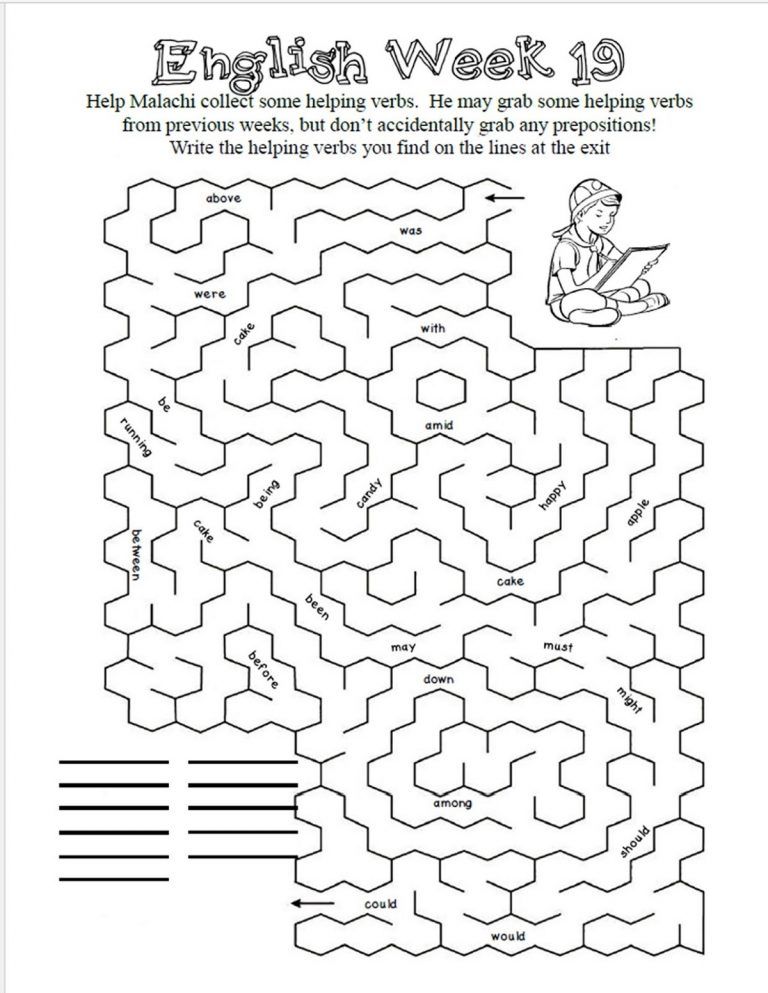
You can use pictures of animals, nature, sports, or even family photos. Then encourage your child to share whatever comes to their mind after having a look at these images.
During the first session, your child may need a few verbal prompts to help them get started. Simple questions like, “What’s happening in the picture?” or “What does this image remind you of?” can help to get their creativity flowing.
If you have multiple children, you can allow them to share what they came up with about the same image. As individuals, they will most likely think of different sentences, so this is a great opportunity to emphasize how everyone has unique ideas.
We encourage you to allow your children creative freedom here. The idea is to place an image in front of them and let them create anything they feel like creating.
2) Play Sentence Games
If you’ve been following our blog for a while, you’ll know one thing for sure — the HOMER team loves a good game! Games are not only fun, but they’re also great ways to help children remember fundamental learning concepts.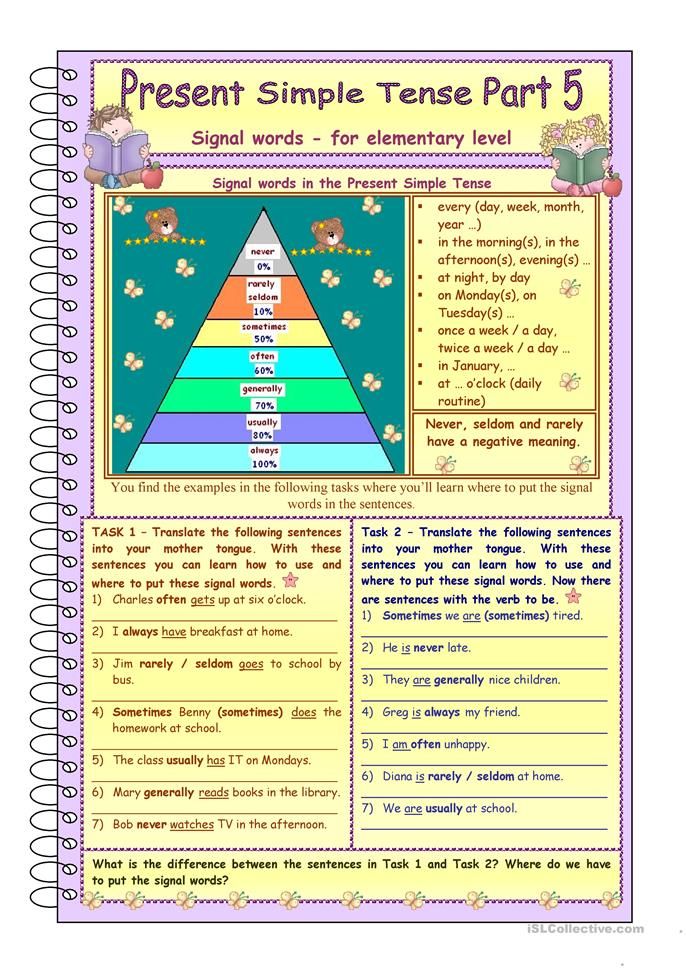
One of our favorite sentence games is Sentence Mix & Match.
What You’ll Need:
- Several index cards
- Markers to write with
What To Do:
- Write interesting subjects on half of the index cards (Ideally, these are things that your child likes. For example: dinosaurs, ice cream, different shapes, colors, etc.).
- On the other half, write predicates or sentence endings that make sense with your individual subjects.
- After writing, place the cards so that they make realistic sentences.
- Then, turn all the cards over and shuffle them. At this point, you want to ensure that you separate sentence beginnings and endings.
- After the shuffle, turn your cards over and discover what silly sentences you get.
- Remember to begin the subject cards with capital letters and sentence-endings cards with a period.
This is a fun activity to help children see that sentences are not always set in stone. They will also quickly learn that the meaning of a sentence can change when words get moved around.
3) Play With Types Of Sentences
Sentence Mix & Match is not the only way to help children learn sentences for kids while also having fun. Another activity we’re huge fans of is playing with types of sentences. Specifically — statements, questions, and exclamations.
To get started, pick any simple sentence that your child will already be familiar with (e.g., “I like playing outside.”).
Next, encourage your child to say this same sentence as a statement, a question, and then an exclamation.
Similar to Sentence Mix & Match, this game helps children understand that minor tweaks can change the meaning of a sentence.
Children will come across punctuation marks during reading time, but they may not always understand the significance of each. This game will help your child learn how periods, question marks, and exclamation points affect a sentence.
5) Make A Switch
The subject and predicate for each simple sentence have a specific function.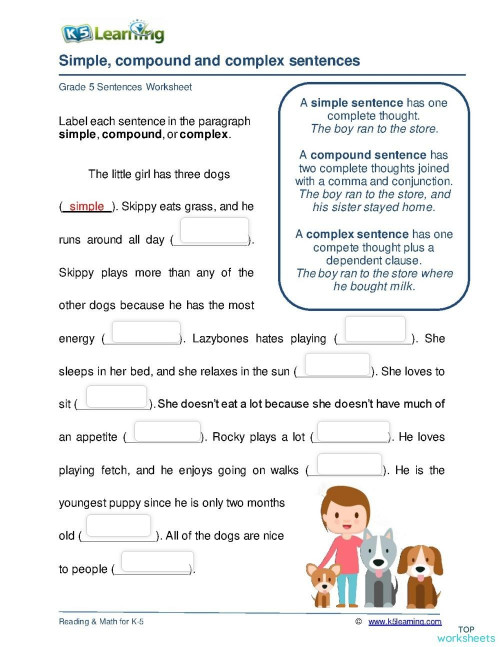 For children to use these correctly, they will need to understand what their roles are.
For children to use these correctly, they will need to understand what their roles are.
When kids start speaking as babies and then toddlers, they often repeat words, phrases, or the simple sentences they’ve heard from you, your partner, siblings, or other people around them.
At this stage, they haven’t fully grasped the functions of subjects and predicates. If we want to help our children develop their own sentences, we will need to help them understand the roles of these sentence parts.
A creative game they (and you!) will enjoy involves switching the subjects and predicates of a sentence.
Start with a simple three-word sentence, like, “A cat played.” Then take turns changing either the subject or the predicate of the sentence.
This may look something like this:
- A cat jumped
- A dog jumped
- A dog growled
- A gerbil growled
- A gerbil scampered
Once your young learner is confident switching three-word sentences, move on to four words, five words, and so forth.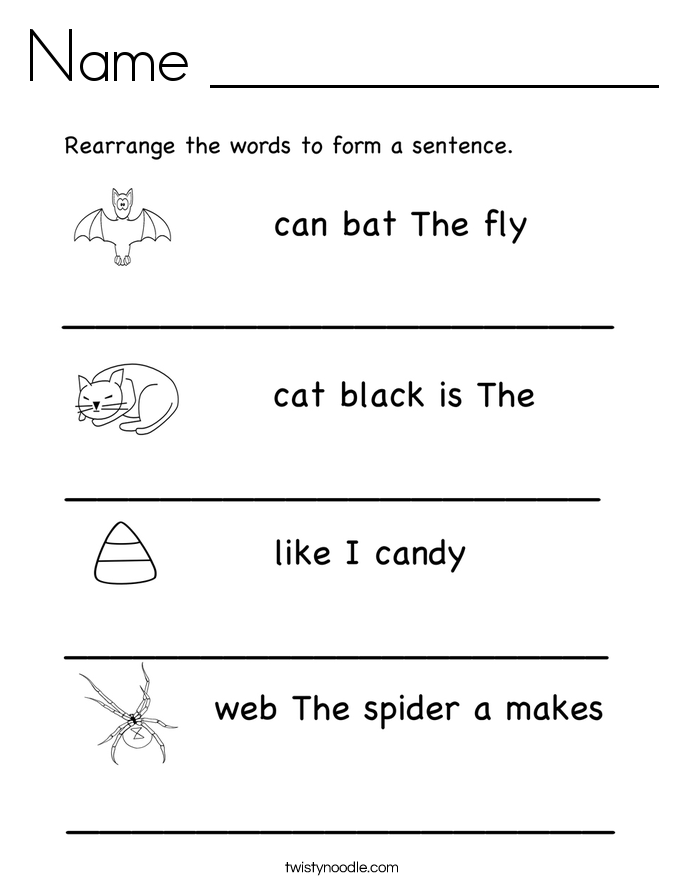
Through this fun activity, your child will start understanding the roles of predicates and subjects in sentences.
Simple Sentences For The Win!
A child’s language journey is pretty incredible. It often starts with lots of babbling and moves to single words. Soon, you get two-word combinations, and before you know it, you’re given a detailed account of what happened in class today.
As you’re doing the activities we’ve mentioned, remember to allow your child creative freedom. We know that language has a lot of rules, but that doesn’t mean it can’t be fun! Encourage your young learner to be as imaginative as they want to be.
For instance, if they write or say, “The lion growls at the dinosaur,” let’s celebrate the correct sentence construction and, for a moment, imagine a world where lions and dinosaurs exist in the same age!
For more fun and effective learning activities, check out the HOMER Learn & Grow app.
Author
100 Simple English Sentences for Kids » OnlyMyEnglish
Are you looking for simple English sentences for kids? Here we have a huge collection of simple sentences for kids.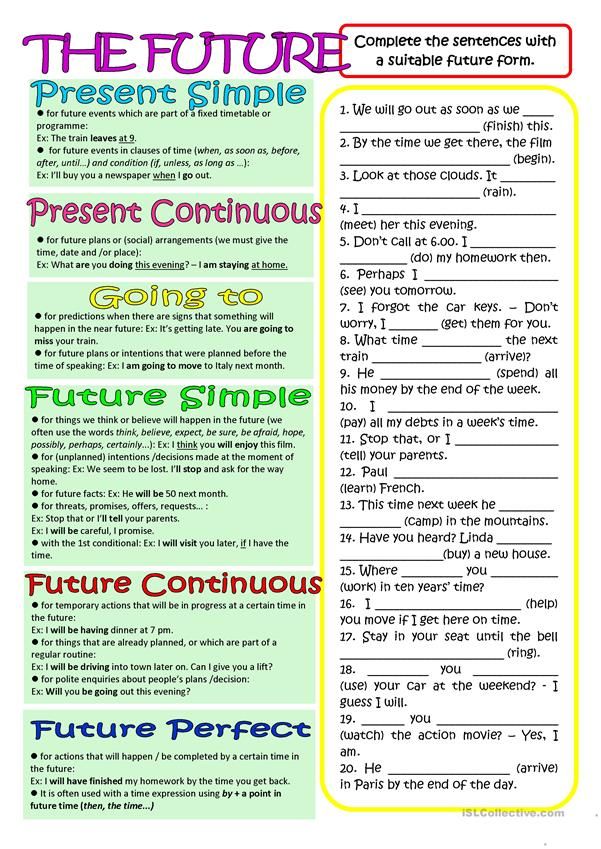
- There is no way to go outside.
- Where is the duster?
- How dare you say that!
- Wash your hands.
- Whose kid is this?
- What is going on?
- Who is your favorite teacher?
- Respect your elders and teachers.
- Put your books down.
- Where is your friend?
- Don’t be late for the class.
- It is not true.
- Go and sleep on your bed.
- Close the window.
- Switch off the Fan.
- Where are my clothes?
- Move forward in the crowd.
- Look at the sky.
- The moon is shining.
- Nobody will go out in the darkness.
- Would you like to be my friend?
- You may fall.
- You have to be calm down.
- I borrowed a book from the library.
- Go and attend the class.
- She is looking towards the car.
- This period is boring.
- Bring the attendance register.
- We are not going anywhere.
- Stop starring him.
- The homework is very easy.
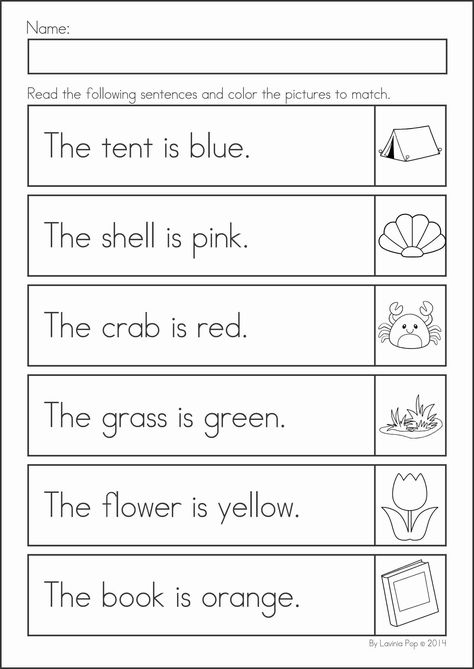
- Which period is going on?
- She is not completing her assignment.
- Get up early in the morning.
- Come inside and sit here.
- Be aware, you may fall asleep.
- I forget my tiffin box at home.
- What is your favorite subject?
- I come to school by bus.
- Would you please pack your bag properly?
- I am writing an essay.
- Please, give me the piece of paper.
- She is disturbing me.
- I have hung your shirt here.
- Fill in the blanks properly.
- We have to write all the answers.
- Do you want to be successful?
- Listen to your elders.
- Put all the necessary books in a bag.
- Students clean the school ground.
- Stop irritating him.
- Don’t make noise.
- Stop talking in the classroom.
- I want to play with my friends.
- We will get ten days of Christmas Holidays.
- I am getting late for school.
- My father always drops me at school.
- The last year of school was very fantastic.

- My friend is absent today.
- Have you got good lessons?
- Clean the blackboard.
- What is the strength of this classroom?
- Tomorrow will be a holiday.
- What’s the homework for today?
- Where are my shoes?
- You are right.
- Where is the answer sheet?
- Cut your hair and nails.
- You don’t deserve this place.
- Bind the shoelaces.
- The bird is sitting on the branch.
- Keep this a secret.
- Shut the door, please.
- Go straight, then take the first left.
- What is troubling you?
- Drive the bicycle.
- Come closer to me.
- She was bathing her kids.
- We are ready to come.
- The principal is going to announce something.
- Our class teacher is very good at teaching.
- Everyone loves to sing in the classroom.
- Where is my book?
- Complete your breakfast.
- Think about yourself.
- I am not going anywhere.
- He is playing all day.
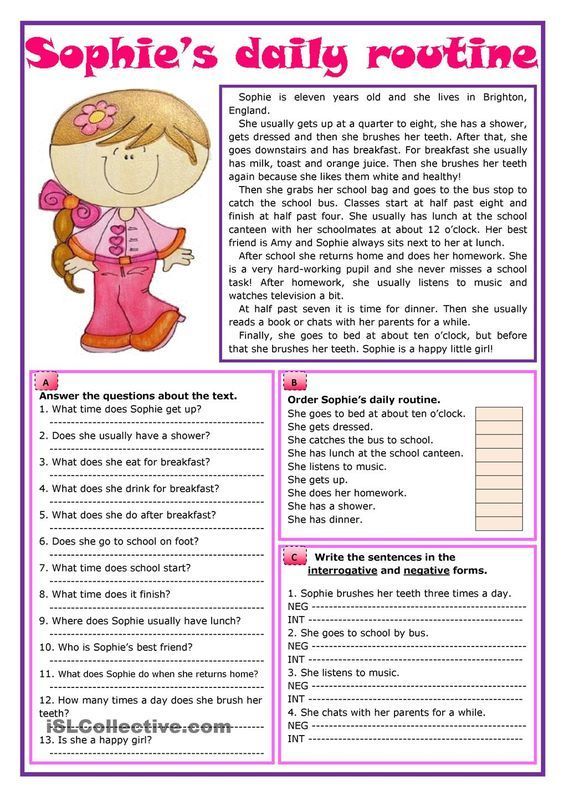
- She is not listening to me.
- We are going to the principal’s cabin.
- My father is a businessman.
- His brother is coming to his school.
- Let’s finish the task on time.
- How long will you stay there?
- Mark my words.
- I want to help you.
- She is coming tomorrow.
- Mother is feeling down today.
- We have to help that Oldman.
- I can not understand.
- I am going to play cricket with my friends.
20 reading texts for children aged 5-6-7-8
A child who has learned to put sounds into syllables, syllables into words, and words into sentences needs to improve his reading skills through systematic training. But reading is a rather laborious and monotonous activity, and many children lose interest in it. Therefore, we offer texts of small size , the words in them are divided into syllables.
First read the work to the child yourself, and if it is long, you can read its beginning.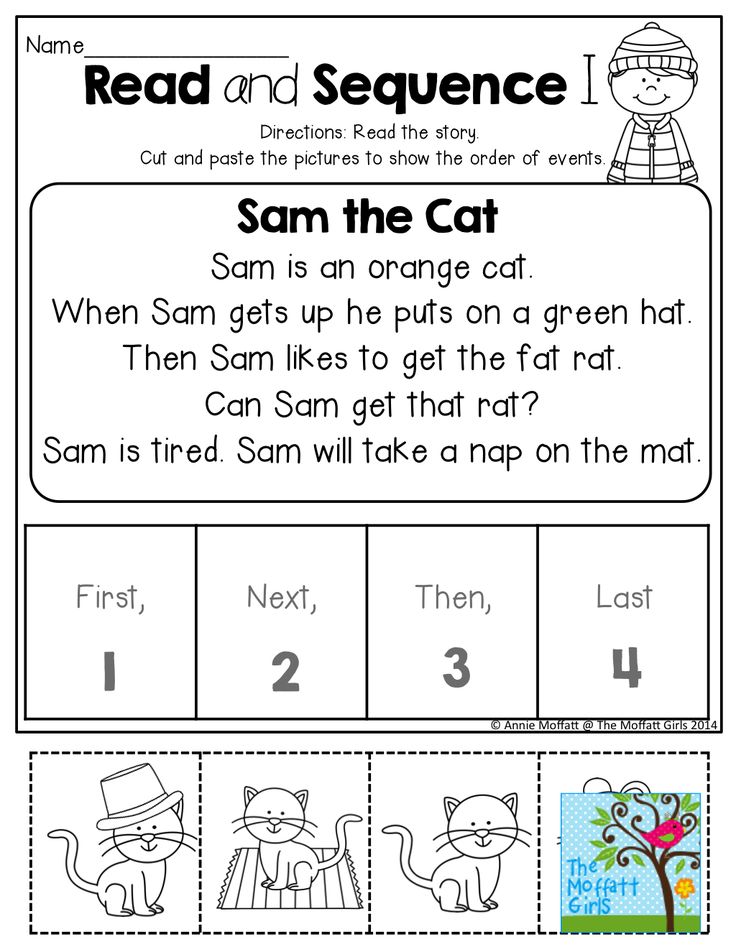 This will interest the child. Then invite him to read the text. After each work, questions are given that help the child to understand what they have read and comprehend the basic information that they have learned from the text. After discussing the text, suggest reading it again.
This will interest the child. Then invite him to read the text. After each work, questions are given that help the child to understand what they have read and comprehend the basic information that they have learned from the text. After discussing the text, suggest reading it again.
Mo-lo-dets Vo-va
Ma-ma and Vo-va gu-la-li.
In-va ran-sting and fell.
It hurts no-ha, but Vo-va does not cry.
Wow!
B. Korsunskaya
Answer questions .
1. What happened to Vova?
2. What made him sick?
3. Why is Vova doing well?
Clever Bo-beak
Co-nya and co-ba-ka Bo-beak gu-la-li.
So-nya played-ra-la with a doll.
That's why So-nya in-be-zha-la to-my, and the doll for-would-la.
Bo-beek found a doll-lu and brought it to So-ne.
B. Korsunskaya
Answer the questions.
1.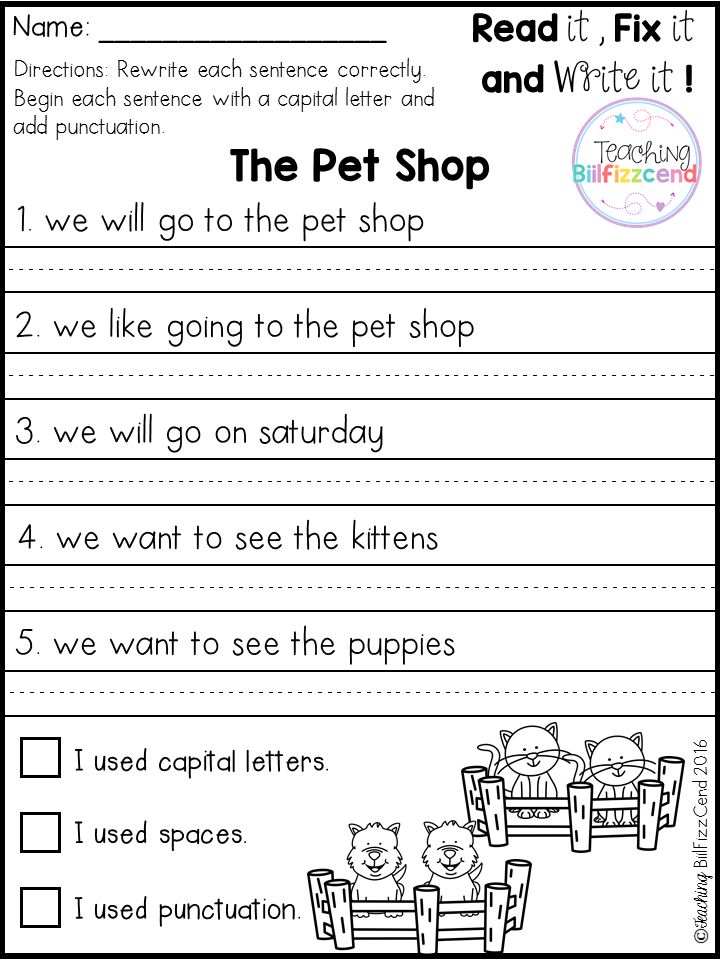 Who did Sonya walk with?
Who did Sonya walk with?
2. Where did Sonya leave the doll?
3. Who brought the doll home?
The bird made a nest on a bush. De-ti our nest-up and took off on the ground.
- Look, Vasya, three birds!
In the morning, deti came, and the nest was empty. It would be a pity.
L. Tolstoy
Answer questions.
1. What did the children do with the nest?
2. Why was the nest empty in the morning?
3. Did the children do well? How would you do?
4. Do you think this work is a fairy tale, a story or a poem?
Pete and Mi-sha had a horse. They began to argue: whose horse. Did they tear each other apart.
- Give me - my horse.
- No, you give me - the horse is not yours, but mine.
Mother came, took a horse, and became nobody's horse.
L. Tolstoy
Answer the questions.
1. Why did Petya and Misha quarrel?
2.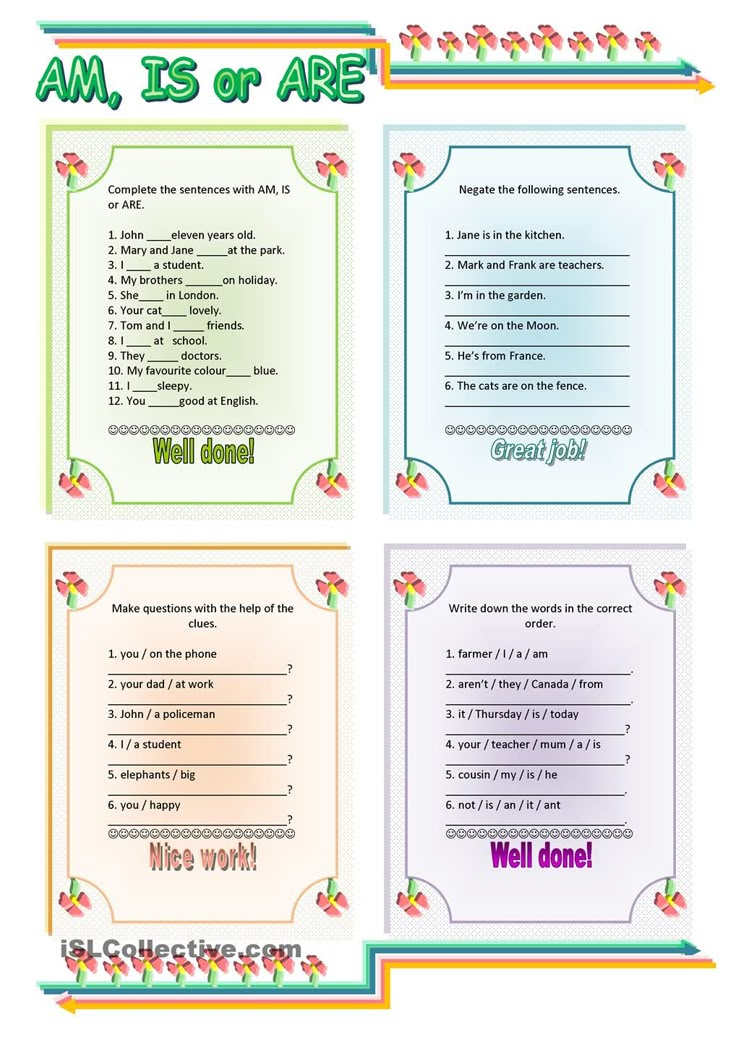 What did mother do?
What did mother do?
3. Did the children play horse well? Why do you think so
?
9000 9000
9000 9000 9000 9000 9000 9000 9000 9000 9000 9000 9000 9000 9000 9000 9000 9000 9000 9000 9000 9000 9000 9000 9000 9000 9000 9000
015
9 9000 9000
FILVORDA for the development of reading, View here.
It will be interesting for children to read selected texts, they affect the emotional world of the child, develop his moral feelings and imagination . Children will get acquainted with the works of L. Tolstoy, K. Ushinsky, A. Barto, S. Mikhalkov, E. Blaginina, V. Bianchi, E. Charushin, A. Usachyov, E. Uspensky, G. Snegiryov, G. Oster, R. Rozhdestvensky, as well as fairy tales of different nations.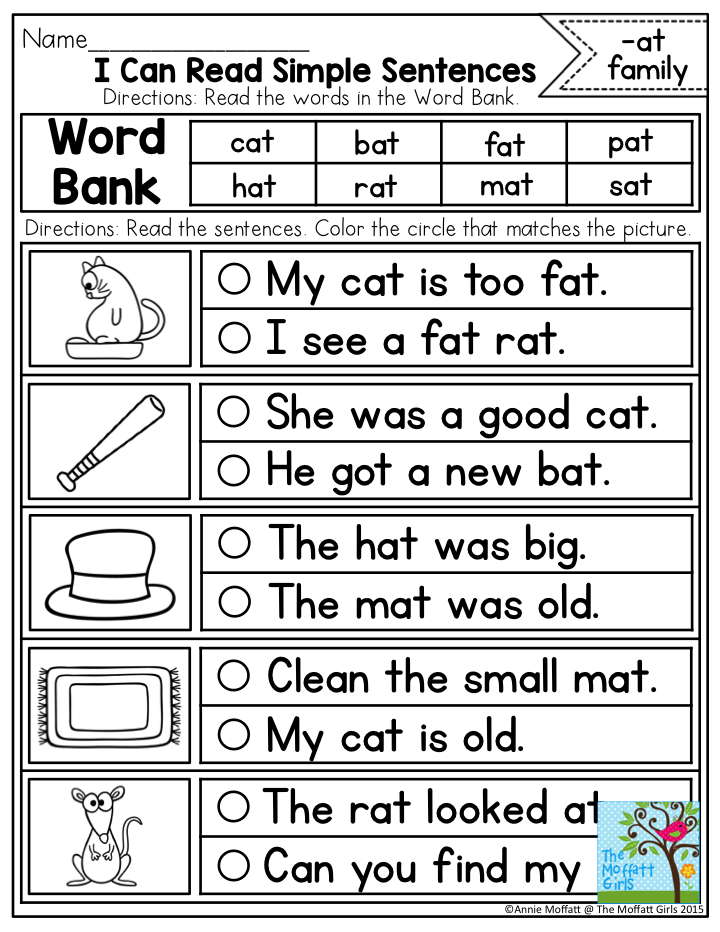
It is advisable to show children the genre features of poems, stories and fairy tales using the example of these works.
Fairy tale is a genre of oral fiction containing events unusual in the everyday sense (fantastic, wonderful or worldly) and distinguished by a special compositional and stylistic construction. In fairy tales there are fairy-tale characters, talking animals, unprecedented miracles happen.
Poem is a short poetic work in verse. The verses are read smoothly and musically, they have rhythm, meter and rhyme.
Story — small literary form; a narrative work of small volume with a small number of characters and the short duration of the events depicted. The story describes a case from life, some bright event that really happened or could happen.
In order not to discourage reading, do not force him to read texts that are uninteresting and inaccessible to his understanding. It happens that a child takes a book he knows and reads it “by heart”.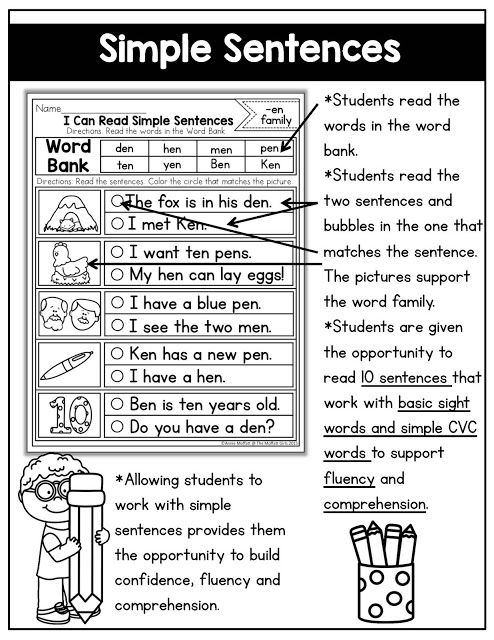 Mandatory every day read to your child poems, fairy tales, stories.
Mandatory every day read to your child poems, fairy tales, stories.
Daily reading enhances emotionality, develops culture, horizons and intellect, helps to cognize human experience.
Literature:
Koldina D.N. I read on my own. - M .: TC Sphere, 2011. - 32 p. (Candy).
We read simple sentences. Glenn Doman's early development methodology. From 0 to 4 years
We read simple sentences. Glenn Doman's early development methodology. 0 to 4 yearsWikiReading
Glenn Doman's early development methodology. From 0 to 4 years
Straube E. A.
Contents
Reading simple sentences
Glen Doman offers two ways to teach a child to read simple sentences.
Method 1
Use your 10x45 cm cards to make a set of 5 sentences. You will have to reduce the font size to fit 2-3 words on the card.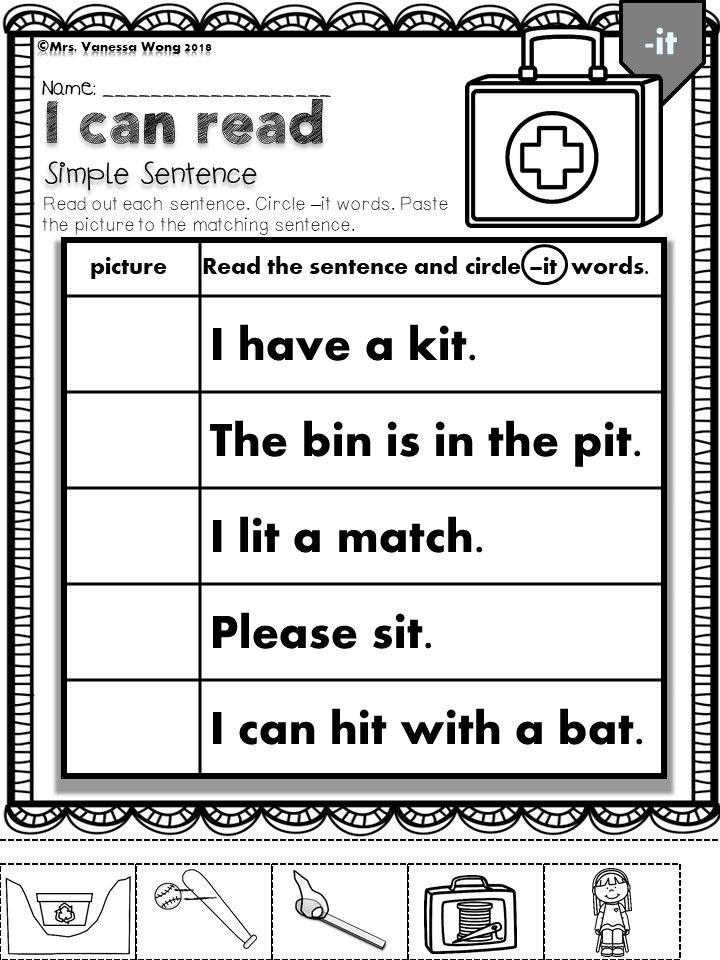 Therefore, the height of the letters should now be 5 cm instead of 7.5.
Therefore, the height of the letters should now be 5 cm instead of 7.5.
Do not press the words together, let there be empty white space between them so that they can easily "breathe".
Show them to your child three times a day for no more than five days. Then start updating the set by removing 2 old sentences and inserting 2 new ones. Your child will learn them very quickly, so be ready to move on to new sentences without delay.
Method 2
Make a sentence book. This book will have 5 sentences and 1 illustration for each of them. Its size is 20x45 cm, the size of the red font is 5 cm.
Start with the first ten pages, which you will read to your child two or three times a day. After a few days, make a new chapter based on the same vocabulary.
The book can be illustrated with photographs of the child himself when he performs this or that action. You will get an interesting diary of your child's life, for which all his photographs will be useful.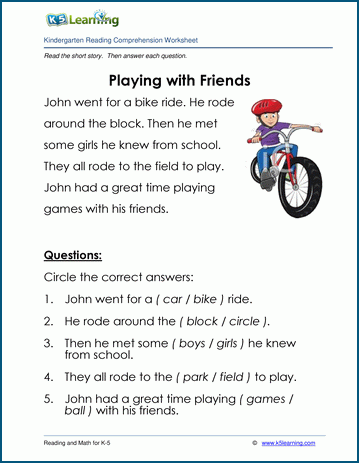 As a rule, children are very fond of such albums and quickly learn the material illustrated by their own images.
As a rule, children are very fond of such albums and quickly learn the material illustrated by their own images.
This text is an introductory fragment.
Simple tasks
Simple Tasks Money example. Problem: The girl constantly begs for money for clothes, expensive toys and entertainment. A lot of money is spent on this uncontrollably, and there is no end to conflicts. Objective: To stop endless disputes on this topic. Or: Make her spend
Part III The Simple Secrets of Effective Youth Work
Part III Simple secrets of effective youth work "Walking alone" instead of "Walking together" In 2003, almost ten years have passed since I first met Khodorkovsky. Lyceum "Podmoskovny" stood confidently on its feet; based on several regional universities,
Step 3 Spell
Stage 3 We spell For the Journey of Words game, improve the train from the previous exercise - attach another trailer with a pocket to it.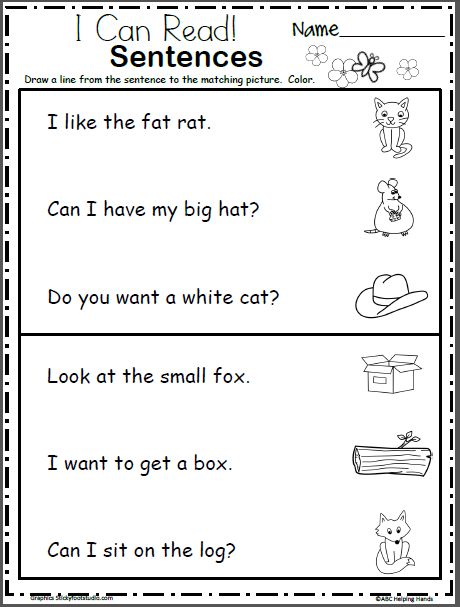 On the cards, write no longer letters, but syllables (after all, the baby already reads them confidently). Then the game is repeated, but visit
On the cards, write no longer letters, but syllables (after all, the baby already reads them confidently). Then the game is repeated, but visit
Stage 4 Reading offers
Stage 4 Reading offers For the game "Make a phrase" write on the cards the words in different grammatical forms. Invite the child to choose the right words and put them next to each other. For example: NEW DRESS IT'S TIME NEW YEAR CAME CHILDREN NEW TOY COME
Exercise 5 Reading
Exercise 5 Reading Along with writing comes reading. A child who makes up words from movable type on his own is already beginning to read. From words, as in writing, they move on to phrases, and from cursive to
.Exercise 15 Reading Tolstoy
Exercise 15 Reading Tolstoy We make homemade books: a picture remains on one page, and on the other we put a sentence taken from the texts of Leo Tolstoy's ABC.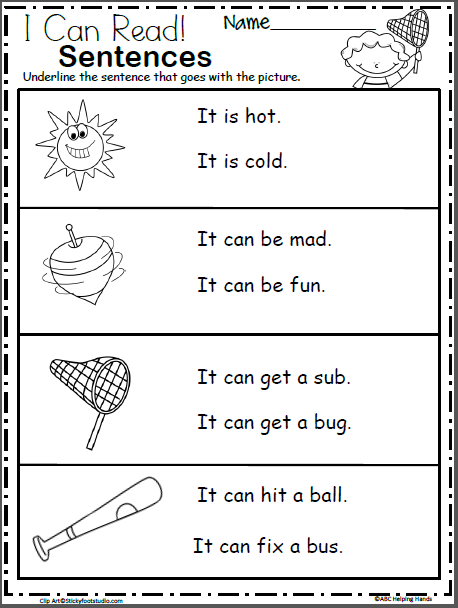 The child reads a sentence in a book and looks at the picture, comparing
The child reads a sentence in a book and looks at the picture, comparing
Stage 4 Reading simple sentences
Stage 4 Reading simple sentences Having mastered phrases, the child will easily move on to simple sentences. By this time, he probably knows how to read at least 70-100 words. From them you can easily compose simple phrases. For example: MOTHER IS GOING, THE CAT IS SLEEPING, MASHA RUNS. There are two
Reading in a foreign language
Reading in a foreign language Try to have books in the child's library in the foreign language that you are studying with your child. Initially, these may just be picture books, because young children are not so much read books as they are looking at
Reading common sentences
Reading common offers By this stage, your child is already able to read complete sentences that express a complete thought. At this stage, it is necessary to increase the number of words in a sentence. If before that you chose from 5 nouns and 5 verbs one by one
At this stage, it is necessary to increase the number of words in a sentence. If before that you chose from 5 nouns and 5 verbs one by one
Chapter 6 Honorable? Shall we play? Easy Ways to Solve Complex Problems
Chapter 6 Do we honor? Shall we play? Simple ways to solve complex problems How fairy tales help to cope with children's lies Many parents will be skeptical about the idea of fighting children's lies with the help of some fairy tales and stories. I have heard the opinion more than once that “you just don’t need
Your suggestions do not fit his type
Your offers don't suit his type We have already talked about the types of our eaters, so think about it, maybe you are offering your baby something that is completely incompatible with his type. If you want your butt to swallow lunch because you're late for something,
Easy and quick ways to cheer up
Simple and quick ways to cheer up • Play windmill.